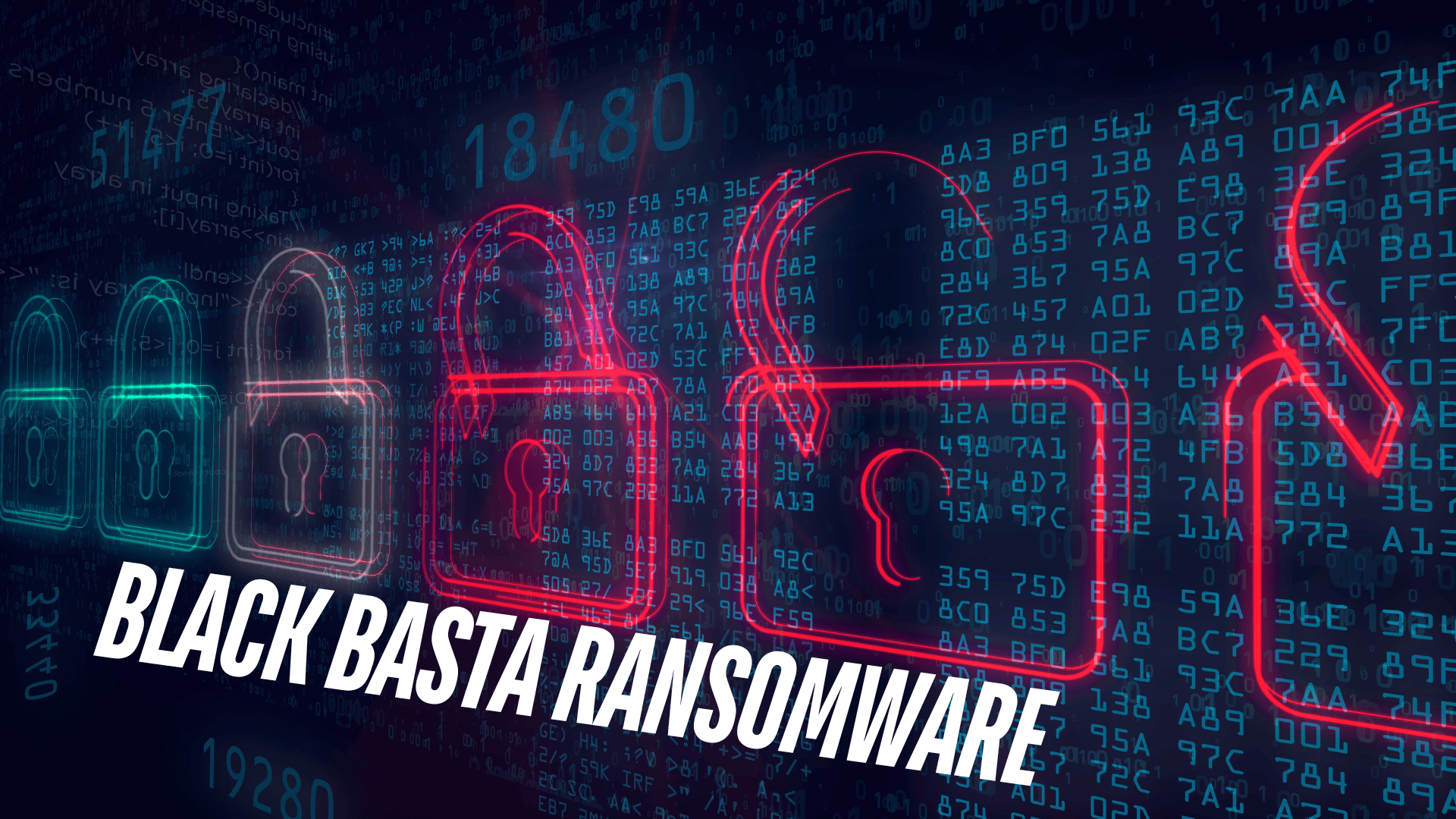The encryption process employed by Black Basta involves the ChaCha20 algorithm with an RSA-4096 public key. Before encryption, volume shadow copies are deleted using the vssadmin.exe program to prevent system recovery.
Healthcare organizations are particularly vulnerable due to their size, technological reliance, access to personal health information, and the critical impact of patient care disruptions. This vulnerability is reflected in the ransomware’s focus on these institutions.
Meanwhile, the CACTUS ransomware campaign continues to exploit flaws in the Qlik Sense cloud analytics and business intelligence platform, with 3,143 servers remaining vulnerable to CVE-2023-48365 as of April 2024. This vulnerability predominantly affects servers in the U.S., Italy, Brazil, the Netherlands, and Germany.
The Dynamic Ransomware Landscape
The ransomware landscape is constantly evolving. Despite an 18% decline in activity in Q1 2024, driven by law enforcement actions against ALPHV (BlackCat) and LockBit, the ecosystem remains dynamic. LockBit, facing significant reputational damage among affiliates, may rebrand, with the DarkVault ransomware group identified as a potential successor.
New ransomware groups, including APT73, DoNex, DragonForce, Hunt (a Dharma/Crysis variant), KageNoHitobito, Megazord, Qiulong, Rincrypt, and Shinra, have emerged recently. This diversification and adaptability highlight the resilience and fluid nature of ransomware actors.
Despite a 46% decrease in ransom payments in 2023, as reported by Chainalysis, and a record low ransom payment rate of 28% in Q1 2024, the average ransom payment has surged. According to a Sophos report, the average payment increased fivefold from $400,000 to $2 million. However, only 24% of payments matched the original demand, with many victims negotiating lower amounts.
Clear Infosec: Your Shield Against Cyber Threats
At Clear Infosec, we understand the critical importance of protecting your organization from sophisticated cyber threats like Black Basta. Our comprehensive cybersecurity services are designed to safeguard your data, ensure compliance, and provide peace of mind in an increasingly complex threat landscape. Let us help you stay secure and resilient against evolving cyber threats.
